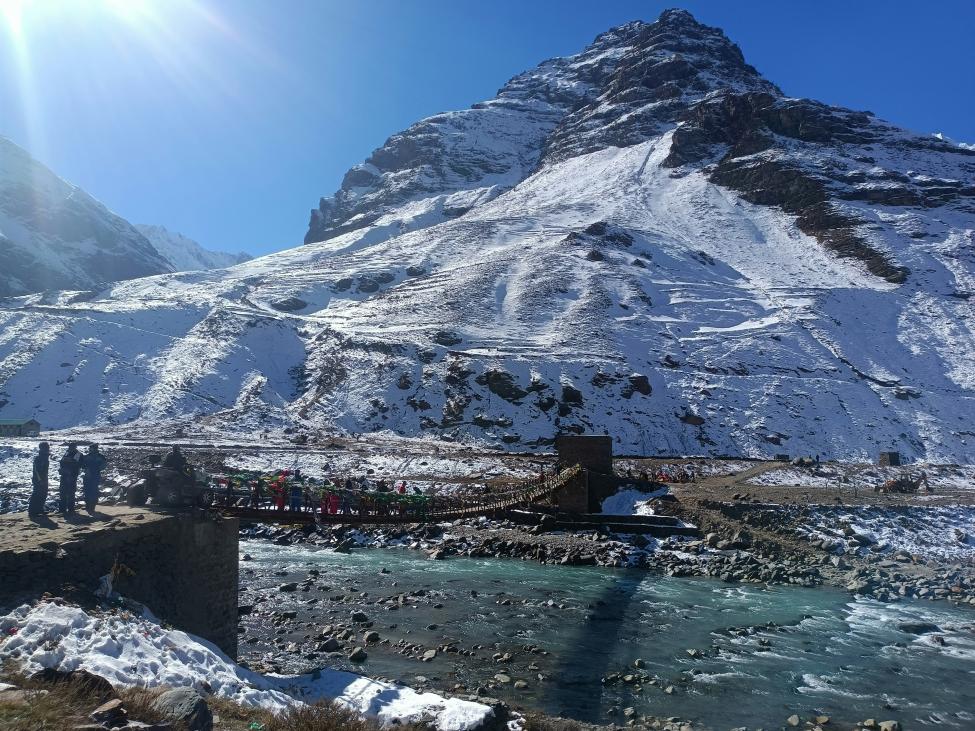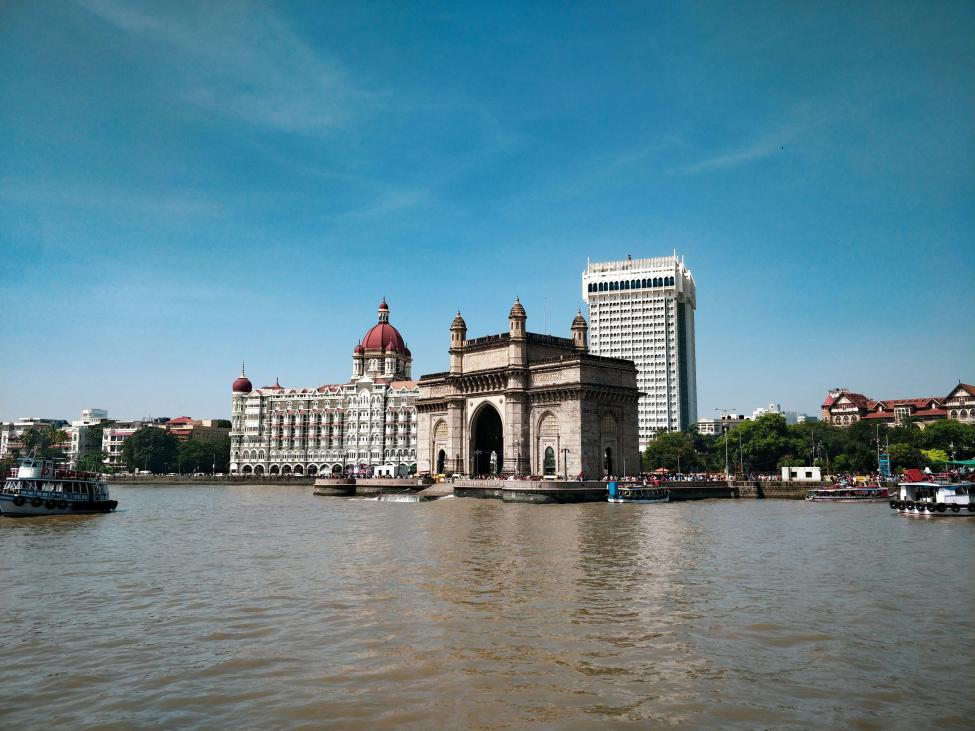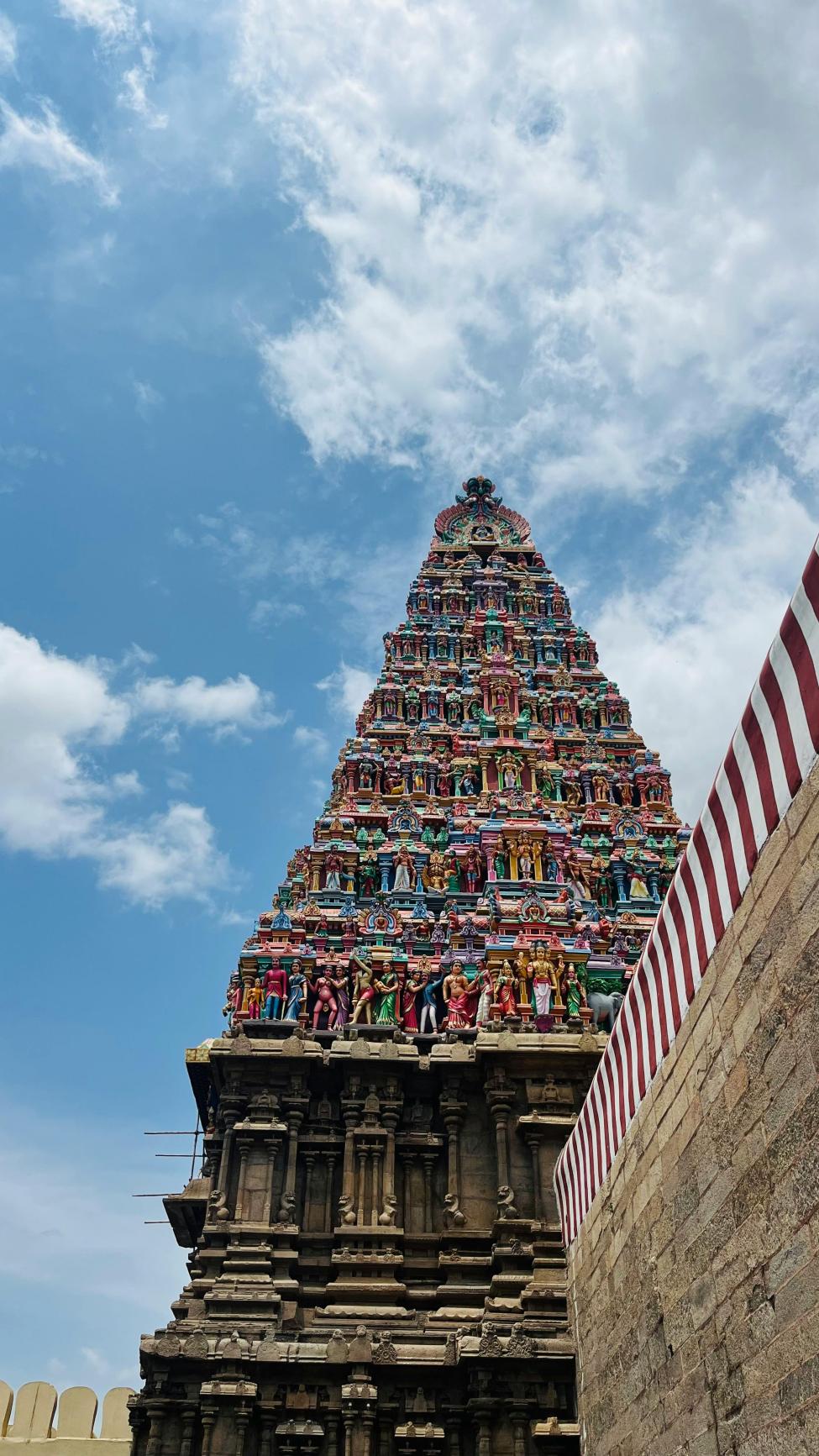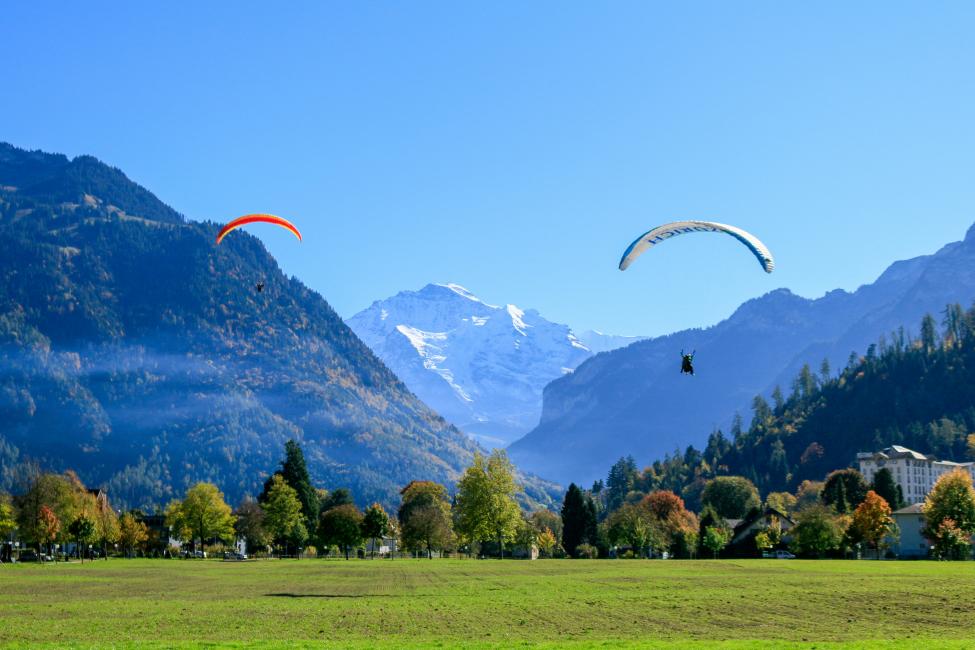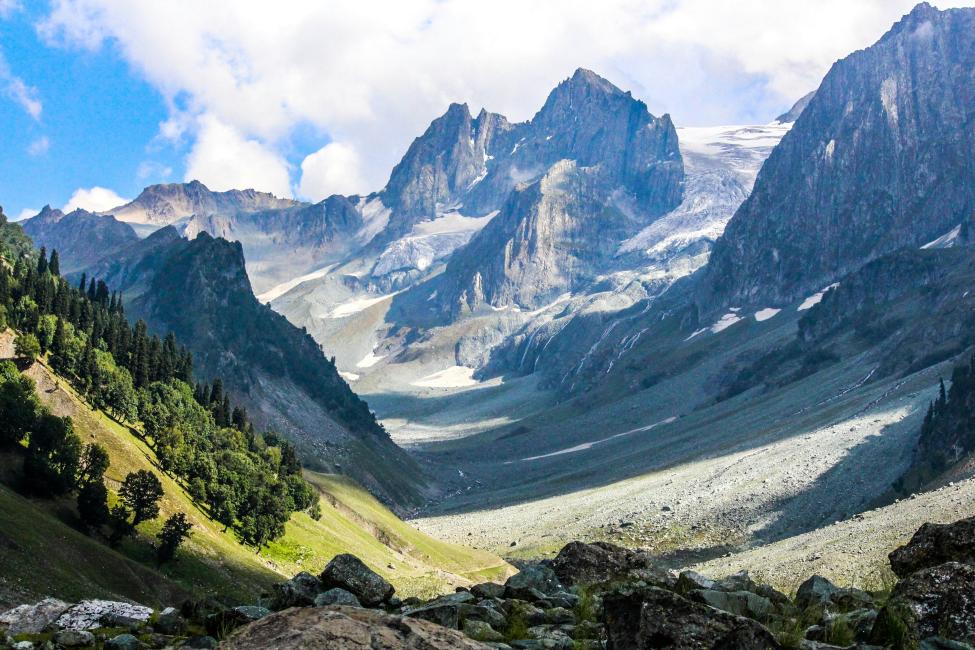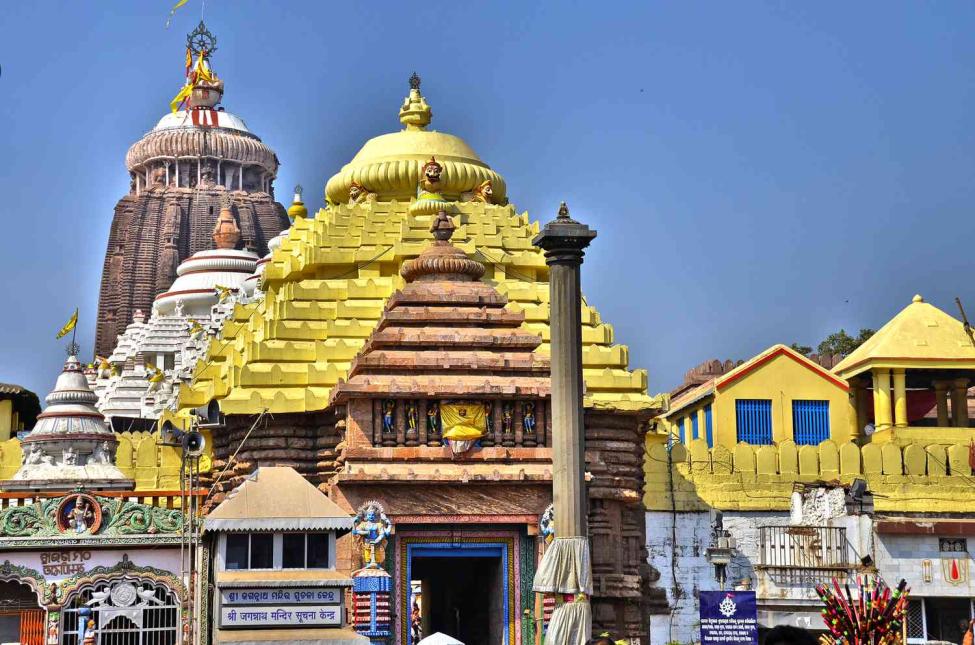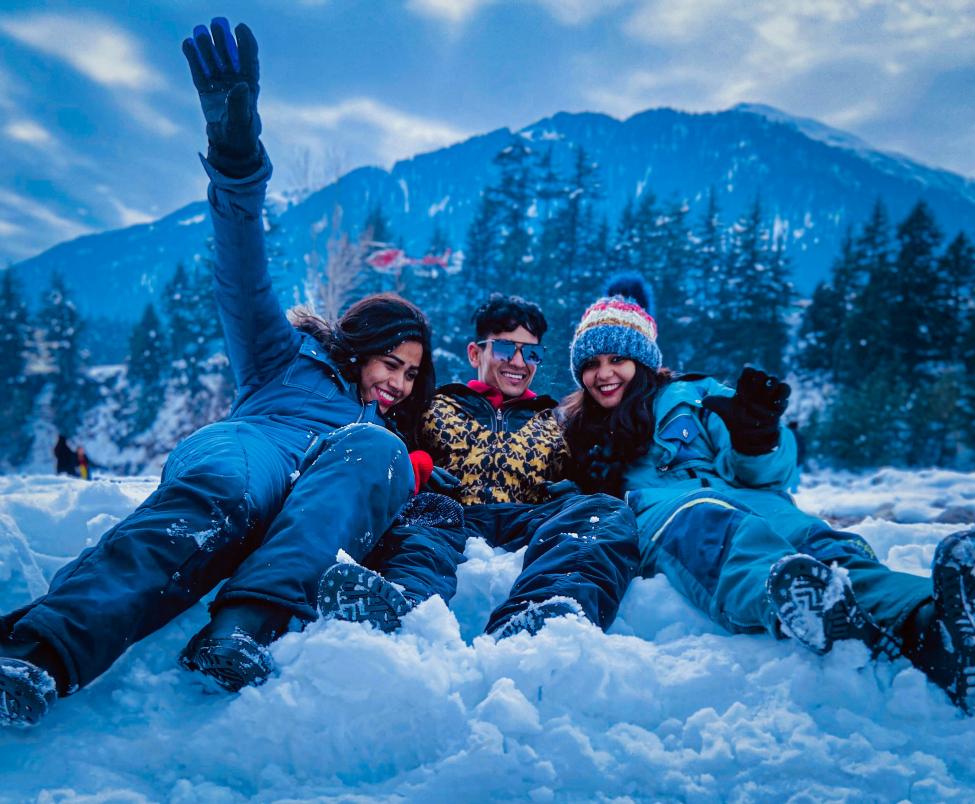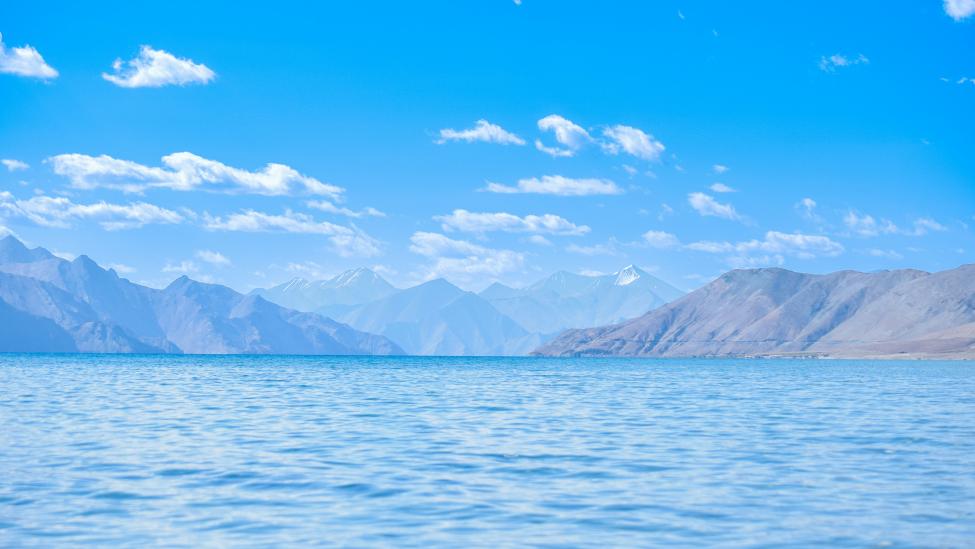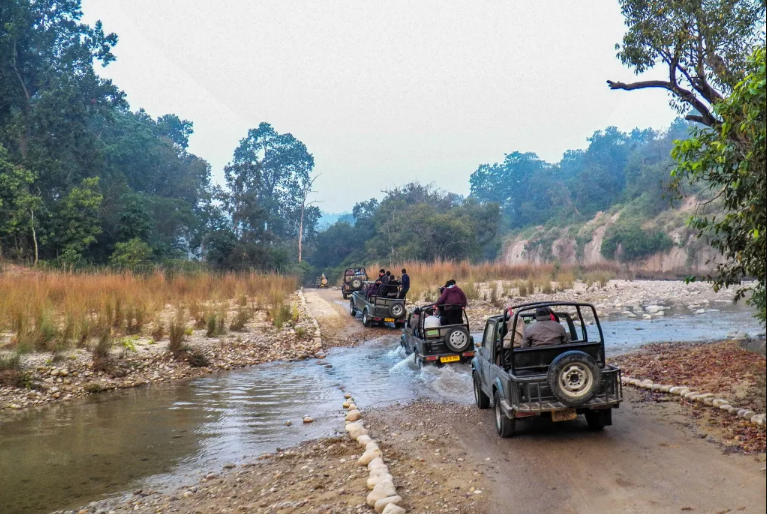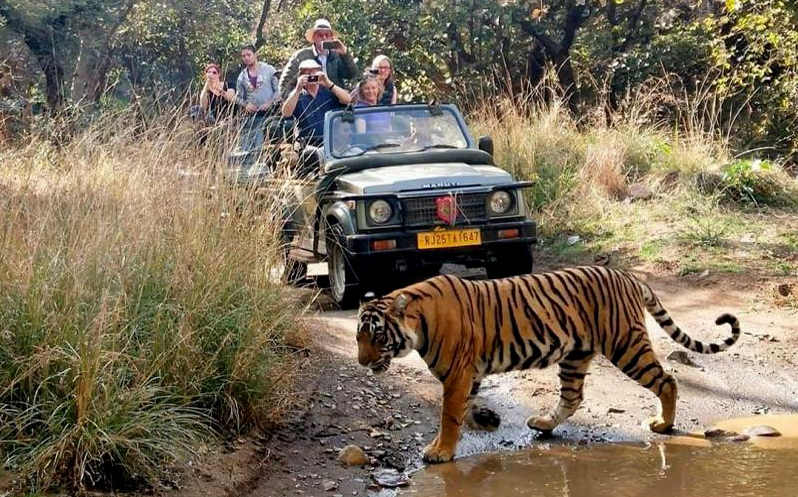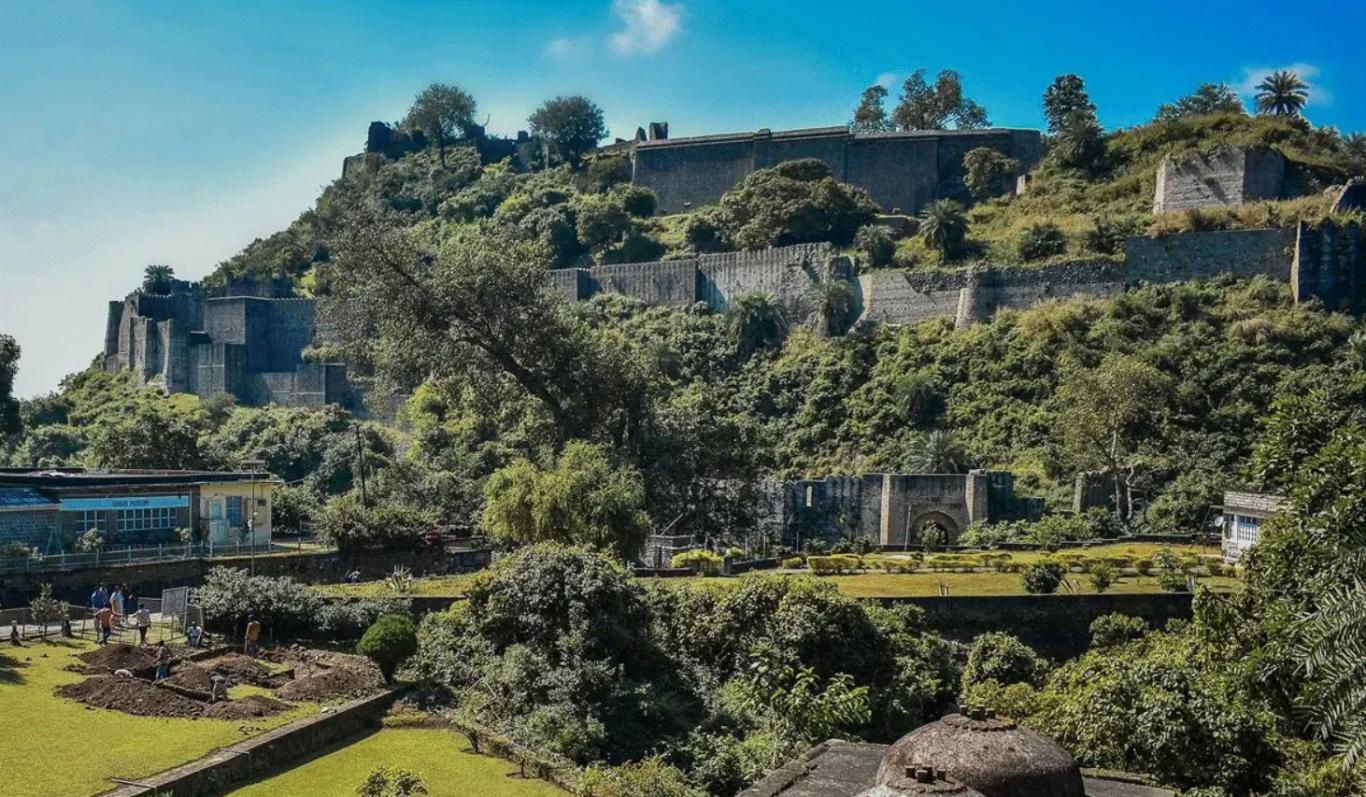 Kangra Fort,
Kangra Fort,
Kangra Fort & Masroor Rock Cut Temples | Himachal Pradesh Travel Guide
Kangra Fort and Masroor Rock Cut Temples offer a perfect blend of history, architecture, and scenic beauty in Himachal Pradesh. Ideal for travelers interested in heritage, photography, and culture, these destinations showcase the rich legacy of Kangra Valley.
Kangra Fort & Masroor Rock Cut Temples - Himachal Pradesh,
The Kangra Valley in Himachal Pradesh is not just about green mountains and scenic views, it is also home to some of the most historic and cultural landmarks in North India. Two of the most important attractions here are the Kangra Fort and the Masroor Rock Cut Temples. These places combine history, spirituality, art, and breathtaking landscapes, making them must-visit destinations for travelers exploring the region.
Kangra Fort - A Journey into the Past:
The Kangra Fort is the largest and one of the oldest forts in India, believed to have been built by the Katoch dynasty, one of the oldest surviving royal families in the world. Historical records suggest the fort dates back to the 4th century BC, which makes it a living testimony to India’s long and diverse history. Over the centuries, the fort has seen the rule of many dynasties, including the Mughals, Sikhs, and the British.
Built on a strategic hilltop location, the fort overlooks the confluence of the Banganga and Manjhi rivers. Its high stone walls, gateways, and ancient shrines stand strong even today, reminding visitors of its glorious past. Inside the fort complex, travelers can explore temples such as Ambika Mata Temple, Shitlamata Temple, and Lakshmi Narayan Temple, which reflect the religious importance of the fort. From the top of the ramparts, visitors are treated to panoramic views of the Kangra Valley, making it a paradise for history lovers and photographers alike.
Masroor Rock Cut Temples - The Ajanta of the Himalayas:
Located about 20 km away from Kangra, the Masroor Rock Cut Temples are often called the “Ajanta of the Himalayas” because of their unique architecture. Believed to have been built in the 8th century, these temples are carved entirely out of a single rock. The main shrine is dedicated to Lord Shiva, Lord Vishnu, and Goddess Devi, and the temple walls display detailed carvings that showcase the skill and artistry of the craftsmen of that era.
The temple complex consists of 15 rock-cut shrines facing a rectangular water tank, which beautifully reflects the temples on clear days. Though some parts of the temple have been damaged by earthquakes, the site still holds immense historical and spiritual importance. The peaceful setting, surrounded by hills and lush greenery, makes it a perfect spot for meditation, photography, and cultural exploration.
Why Visit Both?:
Visiting Kangra Fort and Masroor Rock Cut Temples together is a journey through time. On one hand, Kangra Fort tells the story of battles, dynasties, and architectural strength, while on the other hand, Masroor Temples highlight devotion, spirituality, and artistic brilliance. Together, they give travelers a deeper understanding of the heritage of Himachal Pradesh.
Both places are easily accessible from Dharamshala, McLeod Ganj, and Palampur, which means they can be covered on a short trip. For those who love history, culture, and natural landscapes, these two destinations are hidden gems waiting to be explored.
Location & Distance from Major Cities:
- From Delhi: 470 km
- From Chandigarh: 200 km
- From Shimla: 150 km
- From Manali: 310 km
- From Amritsar: 180 km
🎟️ Entry Fee / Tickets:
- Kangra Fort: Rs 20 - Rs 50 per person,
- Masroor Rock Cut Temples: Rs 20 - Rs 50 per person,
- Photography fee: Rs. 50 (if applicable),
Best Time to Visit:
- Peak Season (March - June / October – November):
Perfect for sightseeing, photography, and exploring the fort and temples. Temperatures range from 15°C to 28°C. Clear skies and greenery make it ideal for history and nature lovers. - Moderate Season (July - September):
Monsoon season brings lush landscapes and flowing rivers. Temperatures stay between 14°C to 25°C. Trails may be slippery, but the scenery is fresh and vibrant. - Low Season (December - February):
Winter is cold, with temperatures 5°C - 15°C. The fort and temple area are quieter, offering a peaceful visit with occasional misty views of the valley.
Things to Do in Kangra:
- Explore Kangra Fort: climb the ramparts, visit temples inside, and enjoy valley views.
- Visit Masroor Rock Cut Temples: admire intricate carvings and ancient architecture.
- Photography: capture panoramic views of the fort, valley, and temple carvings.
- Learn about Kangra’s history and its connection to local rulers and art.
- Enjoy a scenic drive around the Kangra Valley.
- Combine with nearby attractions like Chamunda Devi Temple or Palampur tea gardens.
Top 5 Nearby Attractions (within 50 km):
1- Chamunda Devi Temple - Famous hilltop temple dedicated to Goddess Chamunda (15 km),
2- Palampur Tea Gardens - Picturesque tea plantations and walking trails (35 km),
3- Bir Billing - Paragliding capital of India (45 km),
4- Masroor Rock Cut Temples - 8th-century rock temples with intricate carvings (20 km),
5- Kangra Museum - Artifacts, ancient coins, and regional history (4 km),
Book your dream destinations just started from Rs. 17575/- Per Person.
- Manali Volvo Packages - 4 Nights / 5 Days (Delhi - Manali - Rohtang Pass - Atal Tunnel - Solang Valley - Kullu - Naggar - Manali)
- Himalayan Highlights Tour - 9 Nights / 10 Days (Chandigarh-Shimla-Manali-Dharmshala-Amritsar)
- Mystic Himachal Tour - 9 Nights / 10 Days (Chandigarh - Shimla - Kufri - Kullu - Manali - Solang Valley - Dharamshala - Dalhousie - Chamba - Khajjiar - Amritsar)
- Gateway of Himachal - 6 Nights / 7 Days (Chandigarh - Shimla - Kullu - Manali - Chandigarh)

 Coimbatore - The Manchester of S..
Coimbatore - The Manchester of S.. Pithoragarh Uttarakhand | Best P..
Pithoragarh Uttarakhand | Best P.. Ishwariya Park, Rajkot - A Perfe..
Ishwariya Park, Rajkot - A Perfe.. Phool Bagh, Orchha - A Garden of..
Phool Bagh, Orchha - A Garden of.. Dalhousie, Khajjiar & Chamba Tra..
Dalhousie, Khajjiar & Chamba Tra.. Jantar Mantar Delhi - History, T..
Jantar Mantar Delhi - History, T.. Orchha - A Timeless Town of Pala..
Orchha - A Timeless Town of Pala.. Rukmini Devi Temple - The Sacred..
Rukmini Devi Temple - The Sacred.. Huzoor Palace Porbandar - Royal ..
Huzoor Palace Porbandar - Royal .. Udaipur - The City of Lakes and ..
Udaipur - The City of Lakes and .. Birla Mandir Mathura - Complete ..
Birla Mandir Mathura - Complete .. Dwarka, Gujarat - The City of Lo..
Dwarka, Gujarat - The City of Lo.. Har Ki Pauri Haridwar | Complete..
Har Ki Pauri Haridwar | Complete.. Fatehpuri Masjid Delhi – Histo..
Fatehpuri Masjid Delhi – Histo.. Waste to Wonder Park Delhi | Tim..
Waste to Wonder Park Delhi | Tim..

